The ADC number is a security clearance required for flights operating through the Air Defence Identification Zones (ADIZ) of several countries in South Asia: India, Pakistan, Bangladesh, Myanmar, and Nepal. Without one, flights could face delays, or potentially being denied entry into the airspace.
The process for obtaining an ADC is roughly the same in each country. So we’ll start with that, then we’ll move on to some slight variations to know about for each country.
The Process!
File the Flight Plan
- File the flight plan as usual, including the overflight/landing permit number.
- The ADC number is normally not included in the flight plan.
Obtain the ADC number:
- For departures from the country where the ADC is required, the local handling agent should obtain the ADC number from ATC and then inform the crew. In some countries, ATC might provide the ADC number directly to the crew along with the start-up clearance.
- For overflights of the country where the ADC is required, ATC will typically confirm the ADC number to the crew when the aircraft approaches the country’s ADIZ. However, it’s useful if your agent (whoever got your permit number) has also given the crew the ADC number in advance.
Main gotchas to watch out for:
- Departures: When departing from a country where ADC is required, make sure you get the number from ATC before departure! This helps avoid any last-minute issues with routing, fees, or documentation that could delay the flight. A common best practice is for the crew to contact ATC as soon as the APU is running to allow enough time to address any issues.
- Delays: If a flight is delayed beyond the allowed window (eg. 30 minutes up to 2 hours, depending on the country), a new ADC number must be obtained.
- Routing: Some countries, like Bangladesh, do not require an ADC number for specific routes (more on that below). However, if you have to deviate from those routes, you may be required to obtain an ADC number.
So that’s generally how it works.
Now for some country-specific info, links to AIPs, and badly-drawn maps!
India
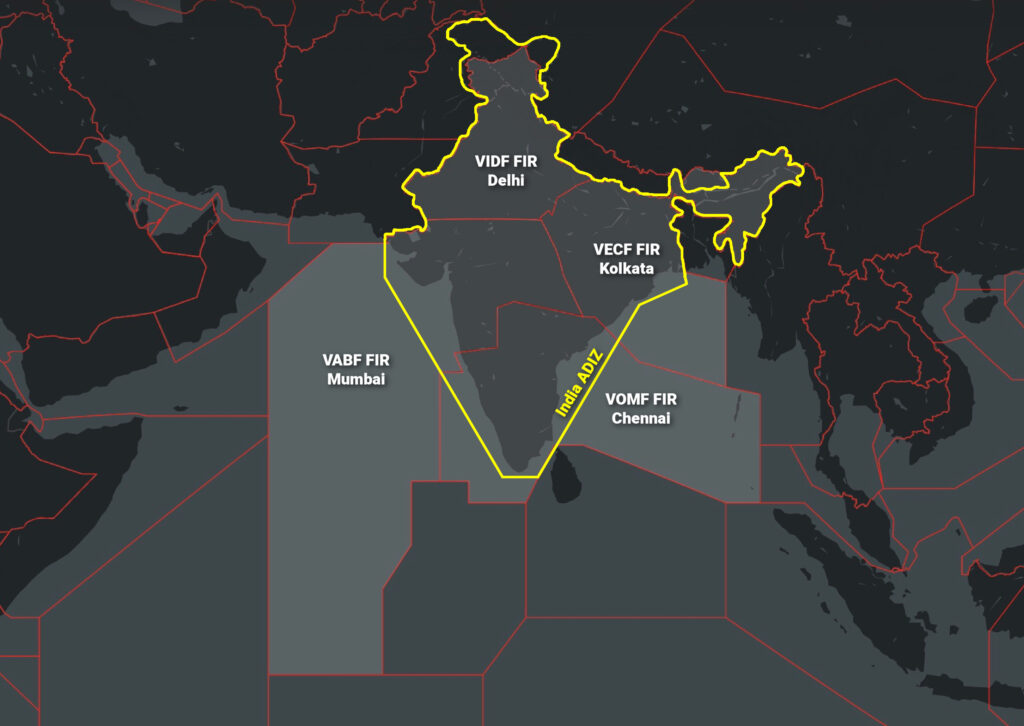
- The process for getting an ADC number is kinda interesting here. You basically have to file your flight plan with your overflight/landing permit (YA number) on it, then ATC review it and issue you a FIC number (Flight Information Clearance), then the Indian Air Force reviews it plan and issues an ADC number!
- The overflight/landing permit is valid for 48 hours. If the aircraft is returning to the same airport or operating another leg within that window, a new permit may not be needed, but this depends on how the routing and timings are filed.
- Indian authorities will send the invoice for nav fees directly to the operator for payment.
- Delays: If the flight is delayed by more than 1 hour, a new ADC number must be requested.
- More info: India AIP ENR section 1.12.
Bangladesh
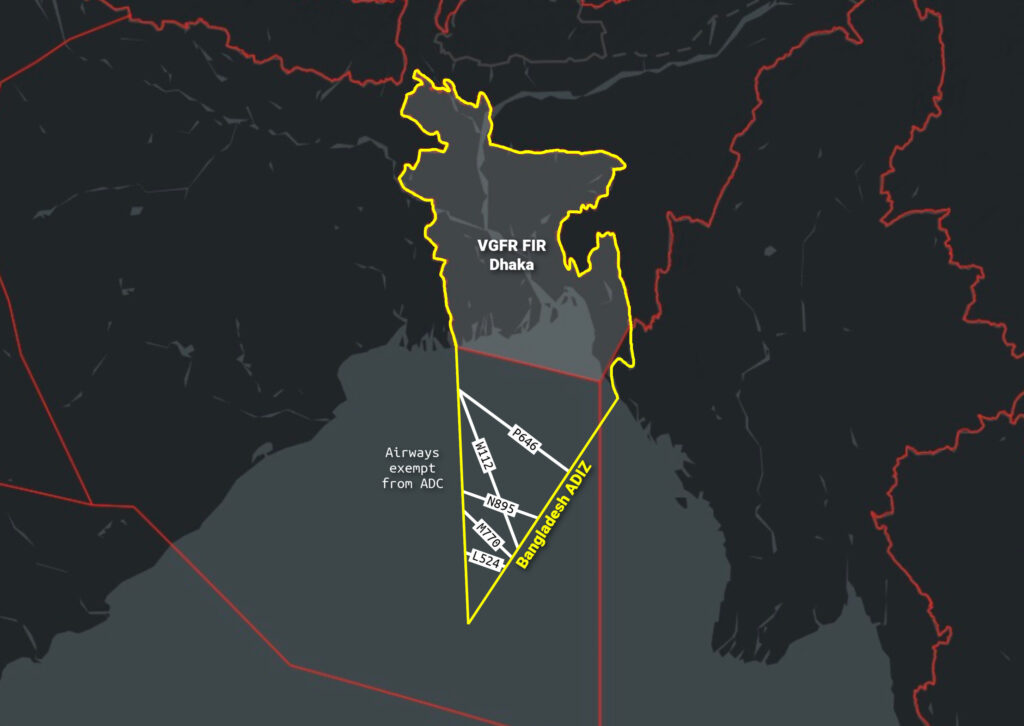
- The handling agent is responsible for paying the nav fees (not the operator).
- The Bangladesh ADIZ actually stretches down beyond Bangladesh airspace into the adjacent Indian VECF/Kolkata FIR. But overflights through this part of it (airways P646, N895, M770, L524, and W112) do NOT require an ADC number unless the aircraft deviates toward the landmass of Bangladesh.
- After filing the flight plan, the ADC number is issued via AFTN or you can request it from the Bangladesh Air Force at adnc@baf.mil.bd.
- Domestic flights, state aircraft, and general aviation flights within Bangladesh are now exempt from ADC requirements – a key change reflected in the latest AIP amendment.
- Also, the option to use the same ADC number for a return flight on the same day? Gone. You’ll need to request a fresh ADC for that.
- Delays: If the flight is delayed by more than 2 hours, a new ADC number must be requested.
- More info: Bangladesh AIP ENR section 5.2.
Myanmar
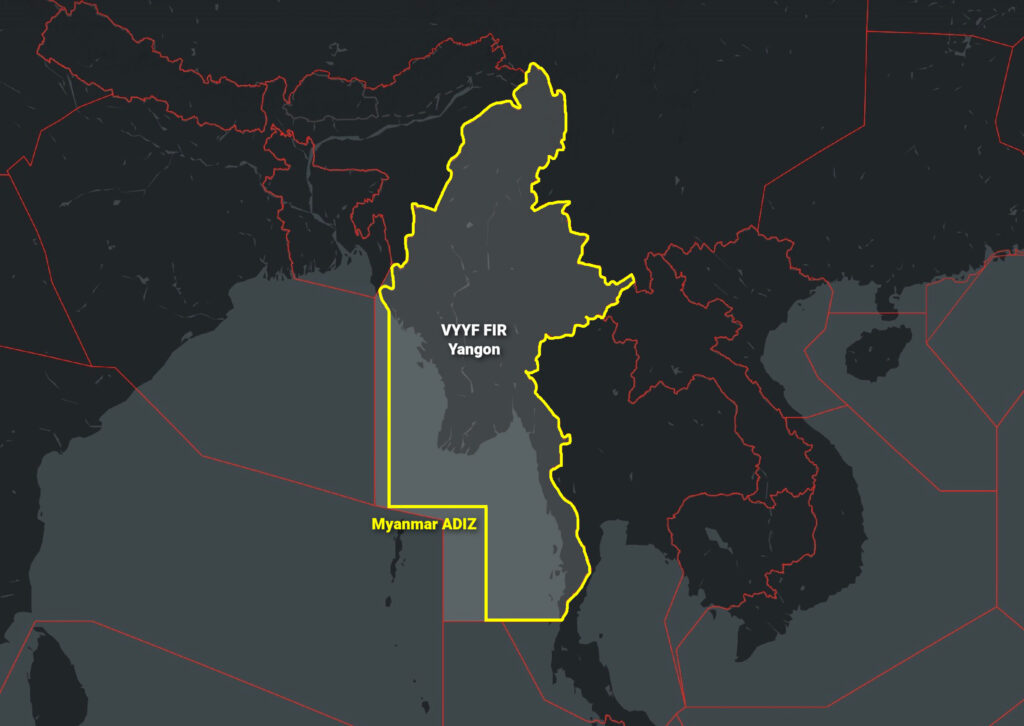
- Some crews report being asked for the ADC number at the departure airport if entering Myanmar airspace within 30 mins of takeoff. So if you’re heading to/over Myanmar from somewhere nearby (i.e. VGHS/Dhaka, Bangladesh), try to get the ADC Number before you depart, to avoid delays.
- Delays: If the flight is delayed by more than 30 minutes, a new ADC number must be requested.
- More info: Myanmar AIP ENR section 1.1.
Sri Lanka
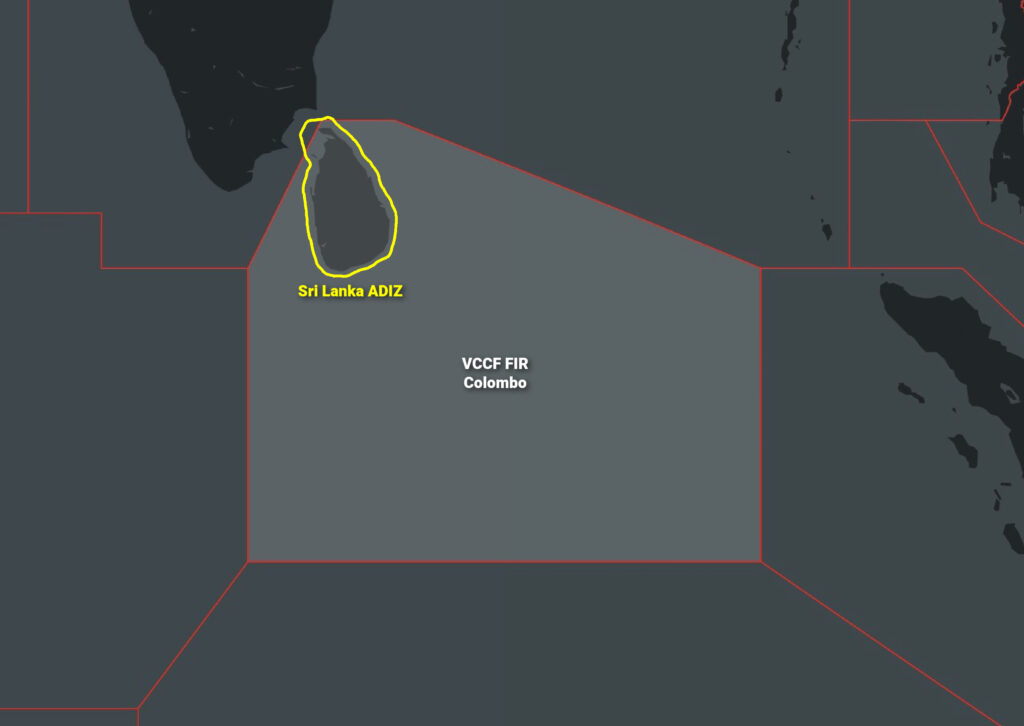
- Unlike the other countries on this list, the ADIZ only covers the territory of Sri Lanka including its territorial waters up to 12 NM from the coastline, rather than the entire FIR. So that’s kinda nice.
- Delays: If the flight is delayed by more than 1 hour, a new ADC number must be requested.
- More info: Sri Lanka AIP ENR 5.2.
Pakistan
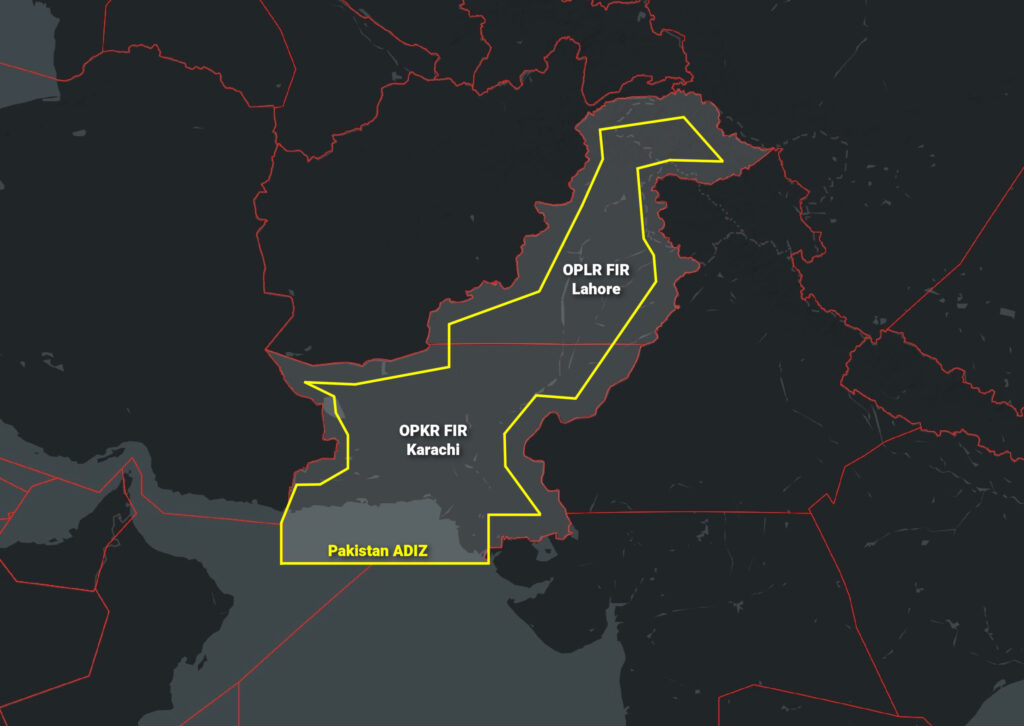
- Delays: If the flight is delayed by more than 1 hour, a new ADC number must be requested.
- More info: Pakistan AIP ENR section 2.2.
Nepal
- Although Nepal’s AIP doesn’t mention ADC, local handling agents confirm that an ADC Number is required! We currently don’t have any specifics on the process or any possible exemptions. If anyone has more information, please reach out to help complete this section! Email us at team@ops.group
More on the topic:
- More: Delhi GPS Interference: New Pilot Reporting Procedure
- More: Pakistan/India Airspace Update
- More: What is going on in Myanmar?
- More: The India-Pakistan Conflict: Impact on Flight Operations
- More: ATC service back to normal in Myanmar
More reading:
- Latest: More face scans at the US border for BizAv flights
- Latest: Greenland NAT Alternates: Dec 2025 Update
- Latest: Mexico Customs Surprises: Pills, Vapes, and Laptop Rules
- Safe Airspace: Risk Database
- Weekly Ops Bulletin: Subscribe
- Membership plans: Why join OPSGROUP?



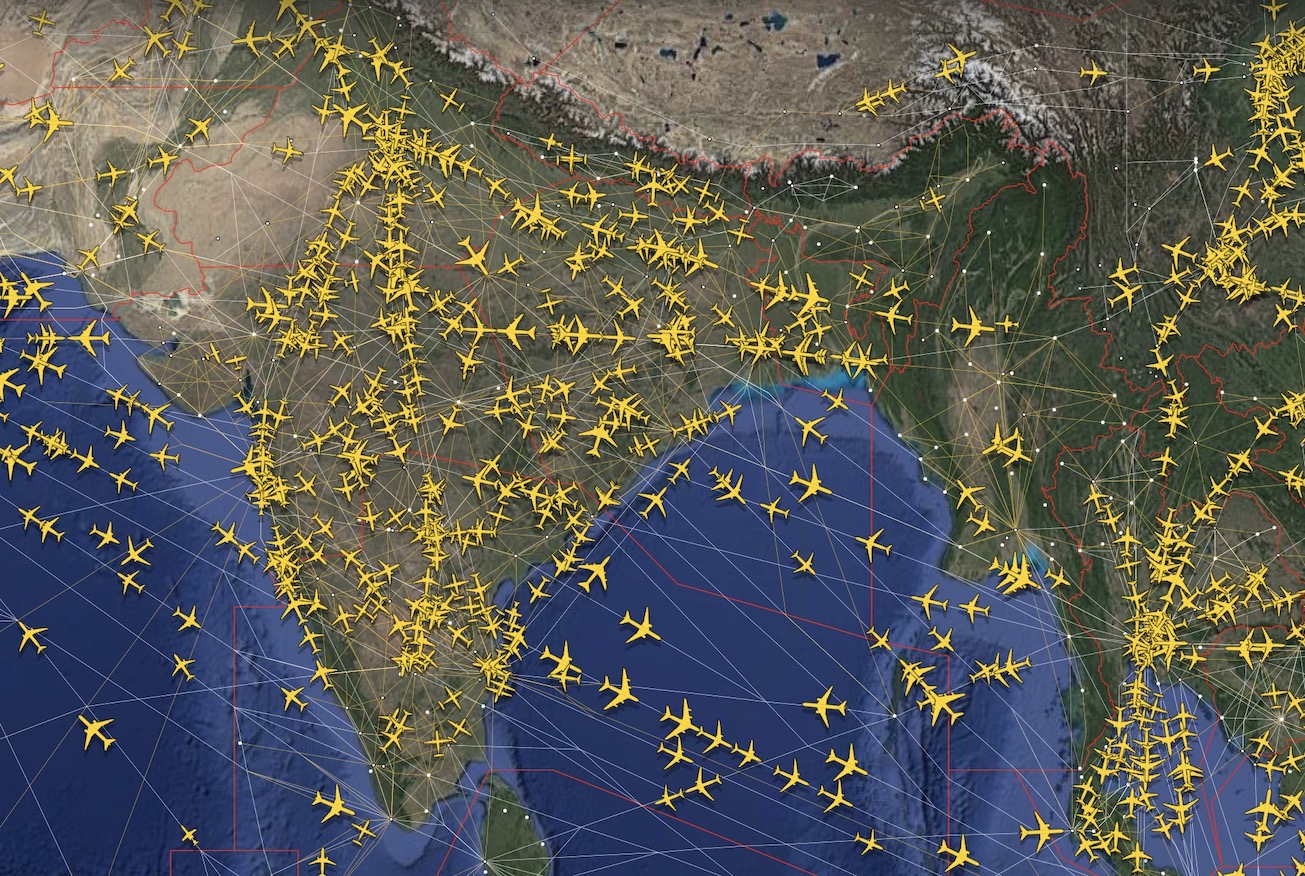

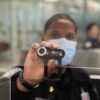





 Get the famous weekly
Get the famous weekly 



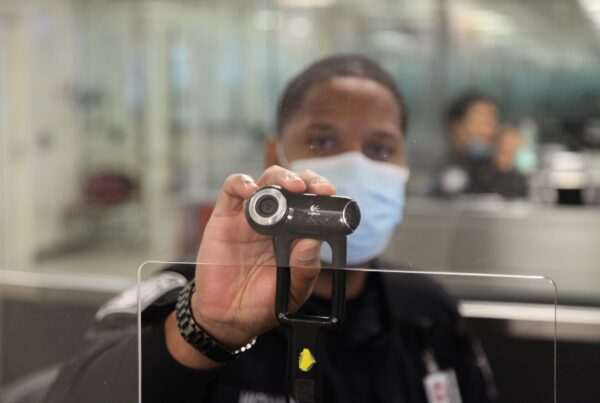
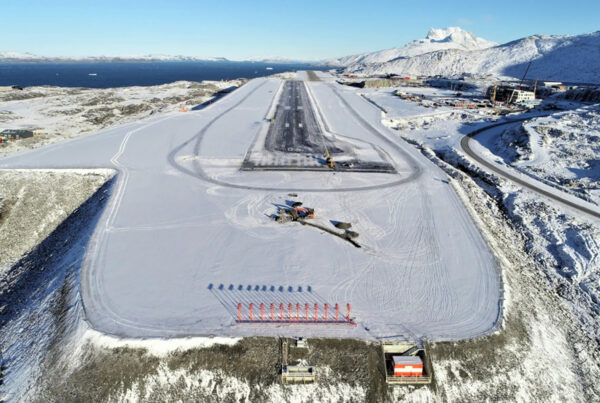

Thank you very much for this overview—it’s a very helpful tool for our Asia flight planning. Keep up the great work!